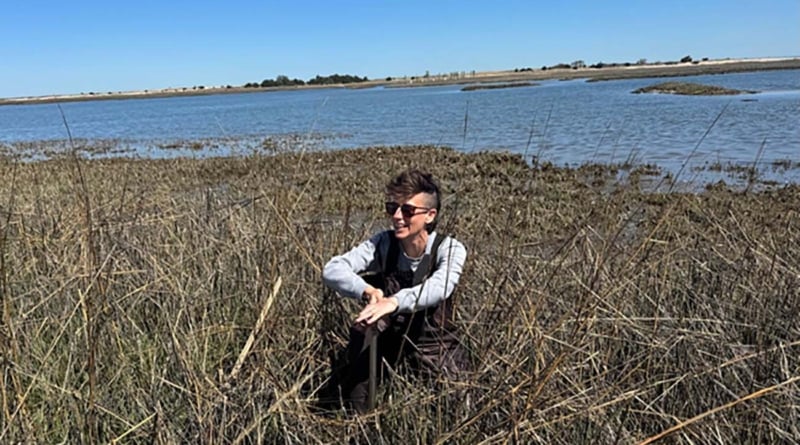Sea Grant gets $10.4M for Long Island Sound research
In the largest award for Long Island Sound research in the history of the collaboration between the Connecticut and New York Sea Grant (CTSG, NYSG) programs and the U.S. Environmental Protection Agency (EPA)’s Long Island Sound Study (LISS), 13 projects have been selected that will improve understanding of factors impacting several fish species, shellfish, water quality and restoration of the estuary’s salt marshes.
The one- to two-year awards, now underway, provide scientists at five institutions, including Stony Brook University, with over $6.8 million in research funding, leveraging an additional $3.6 million in matched dollars. The research initiative is designed to support science-based management of the sound and its resources, and the implementation of the LISS’s Comprehensive Conservation and Management Plan for the waterway.
“New York Sea Grant is thrilled to continue this long-standing partnership with the EPA Long Island Sound Study and our sister program across the Sound, Connecticut Sea Grant,“ said Rebecca Shuford, NYSG director. “This most recent award cycle represents the largest single investment in the LISS research portfolio to date. With topics ranging from water quality improvement to salt marsh restoration to fish and shellfish population dynamics, all with explicitly defined societal benefit and actionable outcomes, we are certain this body of work will make a tangible impact on the interlinked ecosystems, communities, and economies of the Long Island Sound.”
One of the Stony Brook University studies is “Nutrients, Algal Blooms and Hypoxia: Retrospective and Prescient Approaches for the Future Management of Long Island Sound,” headed by Christopher J. Gobler. The project will assess effects of excess nutrients on the proliferation of phytoplankton and harmful algal blooms, hypoxia and carbon sinking under different temperature scenarios expected with climate change. It will also identify levels of nutrient reduction needed to reduce these effects, solicit feedback and communicate findings with New York and Connecticut management agencies.
The other Stony Brook University study is “Quantifying Patterns and Drivers of Marsh Elevation Change Across Long Island Sound: Using an Existing Data Network to Inform Restoration Planning and Implementation,” headed by Giovanna McClenachan. At specific salt marshes along the Long Island Sound, rates of elevation gain will be calculated, landscape conditions influencing elevation change will be quantified, and plant decay rates measured. Restoration managers will be provided with data to maximize tidal marsh elevation gain, increasing their resilience to sea level rise.
“We are excited to make these researchers’ projects a reality, and look forward to their results,” said Lane Smith, research coordinator for New York Sea Grant. “This research will benefit the sound community and bring us new information on how best to manage and care for the sound ecosystem.




